One of the first elements or principles in the cultivation is to pay close attention to what is really there. The great poet Mary Oliver (who sadly just passed away, but we are all so much richer because of what she passed on) phrased it this way:
Instructions for living a life:
Pay attention.
Be astonished.
Tell about it.
So that's what I want to do now. One of the things I have been paying attention to in recent months is the sheer abundance that exists in all aspects of the material plane. It's astonishing, and I want to tell about it. Perhaps the most familiar sense of abundance comes from looking up and considering the stars; many of us have had the experience of contemplating the vastness--but beyond contemplating it, feeling it in an embodied way. (If I just use my mind in this kind of contemplation, I get headache; it is literally too much for my brain to take in. But I can feel it in my spirit, or allow it as a felt sense rather than an idea.) But there is vastness much closer than the heavens--even our bodies hold astonishing abundance.
Abundance is often expressed in terms of numbers. Even though there is "an unbelievably large number" of stars in the heavens, according to science writer David Blatner, about the same number of molecules can be found "in just ten drops of water." (Really?!!!!) Our bodies, of course, are largely made of water--about 75% in an infant, and 60%in an adult. And what if we look at other body components? An adult human has somewhere around 37 trillion cells, and ten times as many microbes. The estimate for the micro-biome is about 100 trillion cells. (Again, it's not possible for me to think about this--the headache comes on again, for the number is too big to actually understand-- but it is certainly possible to be amazed.)
There are an amazing number of sand grains, too, each one ground down from a once-solid rock, shell or mineral of much greater size. Some estimate about 5 million grains of sand in one cup (depending of course on the fineness of the sand). Expand that to a child's beach pail or sand castle, or to one small beach, and then think of all the beaches.
But just as we have to keep looking deeper at our bodies--from the organ level to the cell level to the microbe level--we can go deeper into (or around) the sand grains, too. There is a whole world of creatures (meiofauna) that live between the wet sand grains on a beach! How amazing is this! It's a separate, distinct microscopic universe, made up of tiny organisms about 30 to 50 micrometers (bigger than bacteria, but less than a millimeter long). I first learned about the meiofauna in Michael Welland's book, Sand: The Never-Ending Story, and it is fair to say I was totally blown away--another whole world of life I knew nothing about, another level of life on the beach. Just think how many of these beings would be underfoot on a 3 mile walk along the beach! Just think how many would be under a single footstep!
This drawing is what first captured my imagination.
Let me share something else I discovered in my environment recently that has brought me into a state of wonder. This was not literally hidden or invisible, but it was so well camouflaged that it might as well have been--that is, it was hidden until I started paying close attention. Last month I was wandering among some scrappy dunes near the (southwest Florida) intercoastal waterway, in a place where waste was once dumped after the bay was dredged to make the navigable canal. The area is now part of a nature preserve, and because there are no trails in this particular section, it's little visited and remains relatively undisturbed. I had been walking around those dunes for about 20 minutes, and suddenly noticed that there in the sand was a flower or star-shaped form that looked a great deal like one I had found in the forest of northern Wisconsin--in a very wet environment, among the hardwoods. I had been amazed at that form, and was able to identify it as an earthstar fungus (Astraeus hygrometricus, family Diplocystaceae). Young specimens look like puffballs, but when they mature and it is moist (one of their nicknames is "barometer earthstar"), the mushrooms open out into an earthstar shape, (the outer layer of the fruit body tissue splits open in a star-like manner). This was piece was sitting in the sand, and there were no large deciduous trees nearby. Could it really be the same thing? My husband, who was with me, wasn't even convinced it was a fungus; he insisted it had to be a flower.
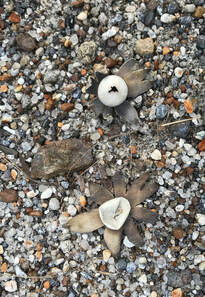
There are a number of fun facts about this type of fungus, including: the German Mycological Society chose this species as the "Mushroom of the Year" in 2005; earthstars are regularly eaten in Asia; they have been used in traditional Chinese medicine to help stop bleeding and reduce chilblains!; and people of the Blackfoot tribe called them "fallen stars," and considered them to have fallen to earth during supernatural events.
| When I found the first earthstars in the north woods many years ago, I was able to take some home to incorporate into art. I only had a few and thus didn't have a chance to work very extensively with them, but I was deeply attracted to the form. Finding this whole new "cache" in the sand was thus another level of delight: I could play with them again! |
I hope you can enjoy some of this earthstar play with me in the photos below.
Remember: pay attention, be amazed, be astonished, play with it, and love what is hidden all around us.
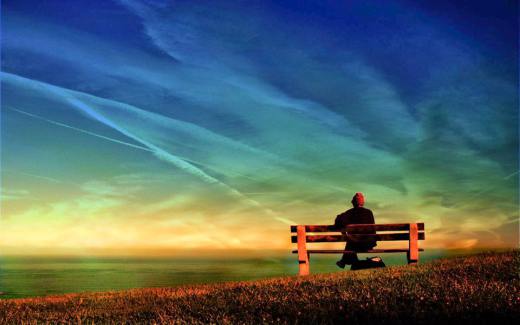


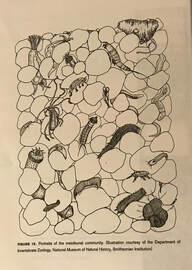
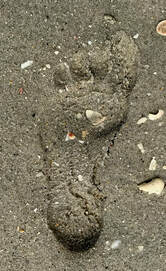
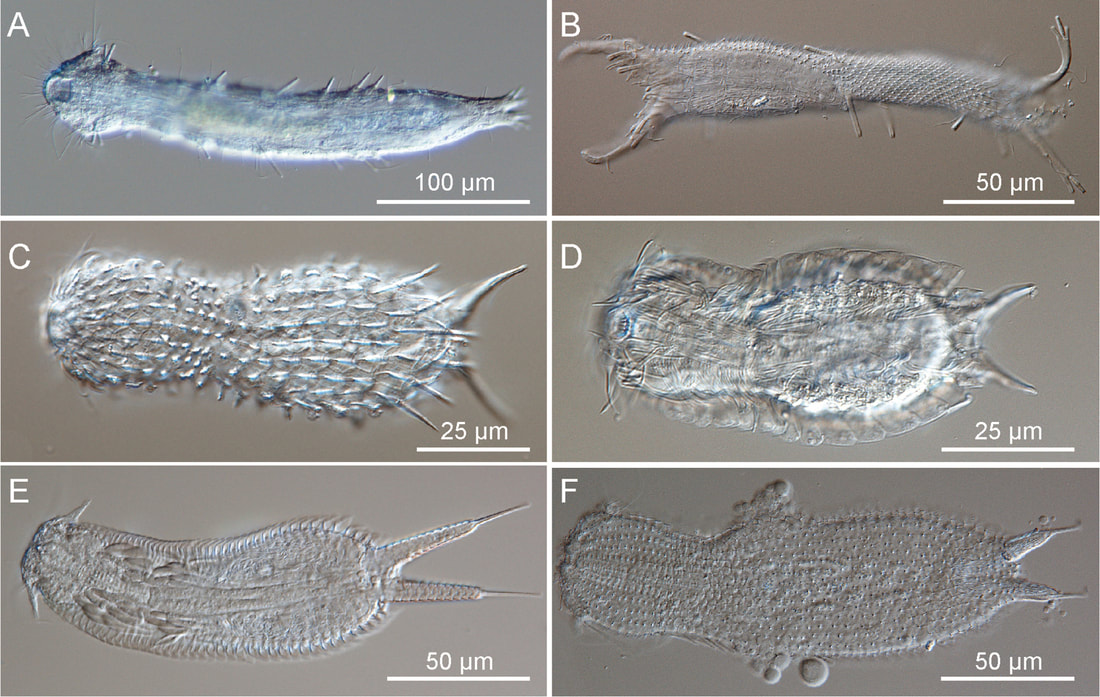
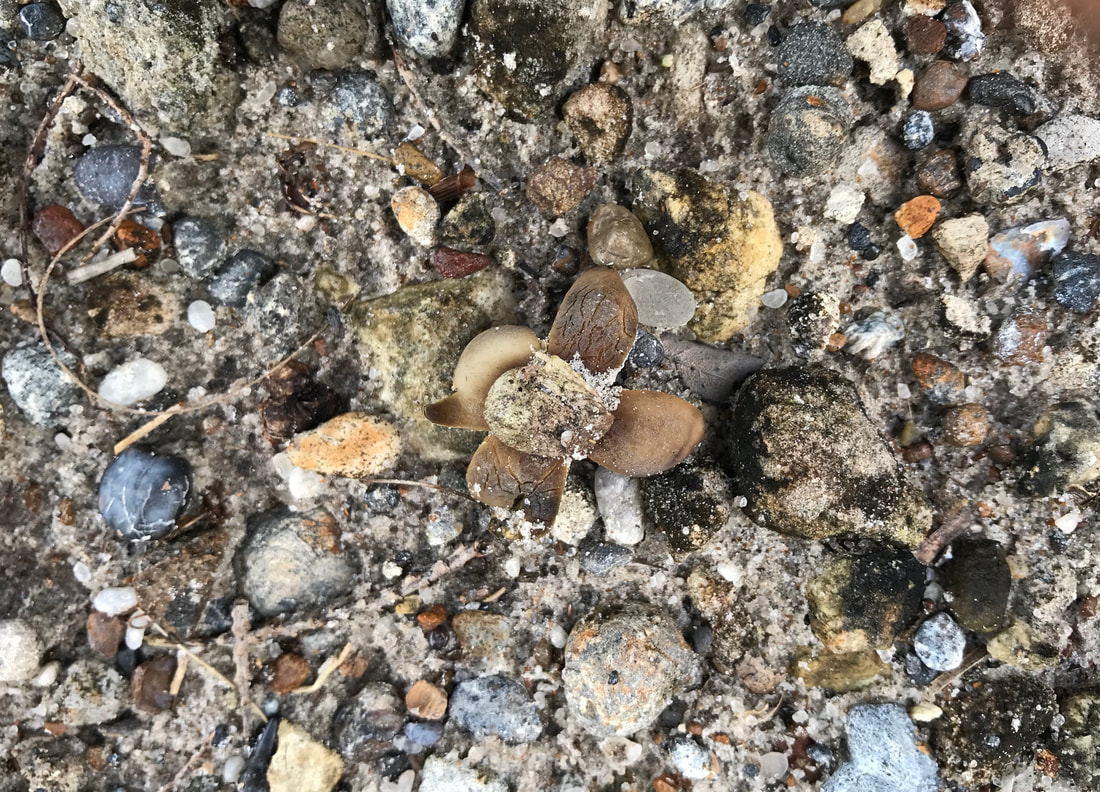
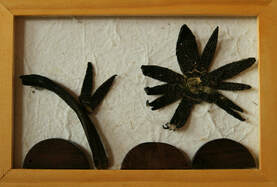
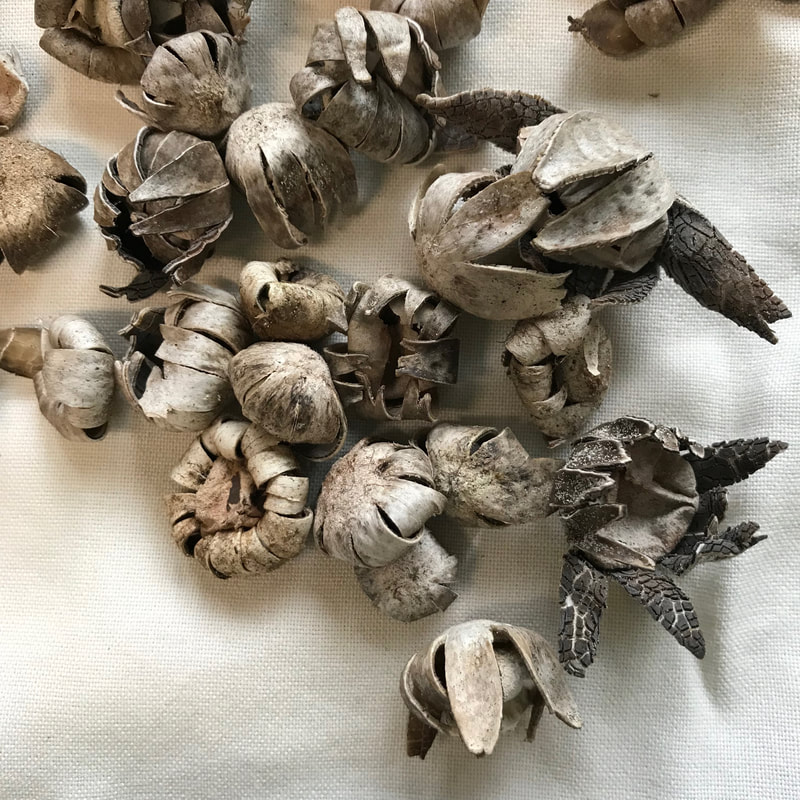
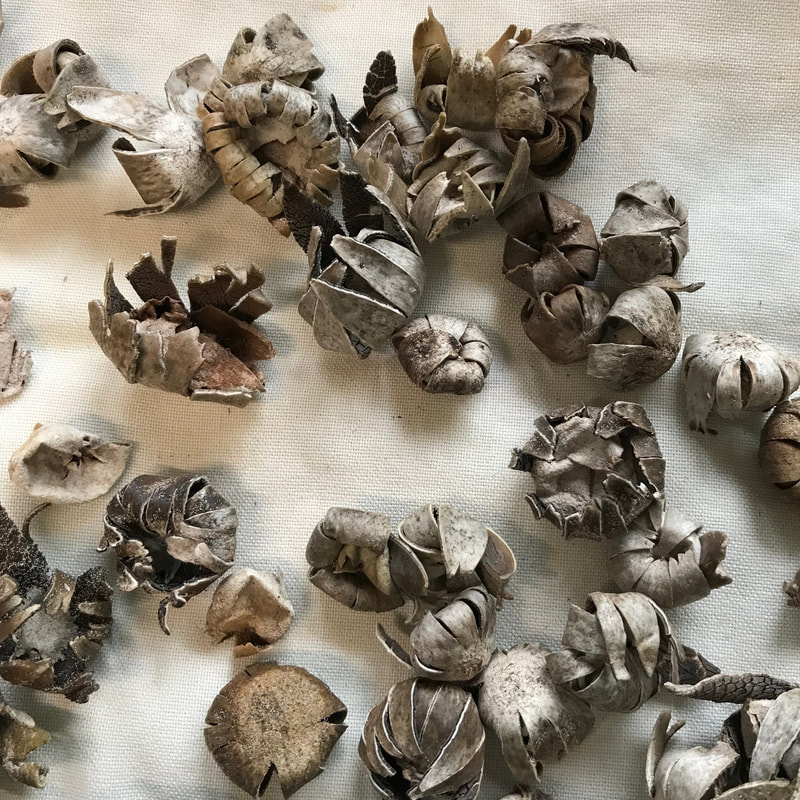

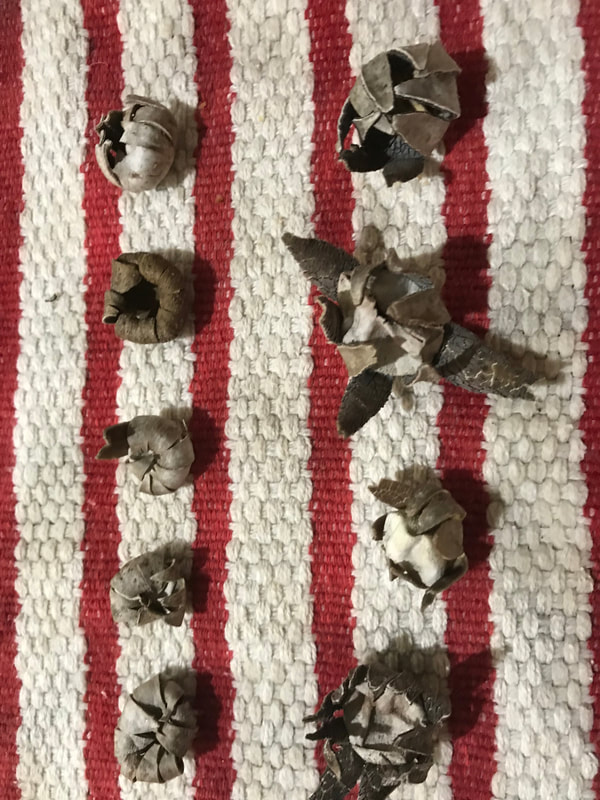
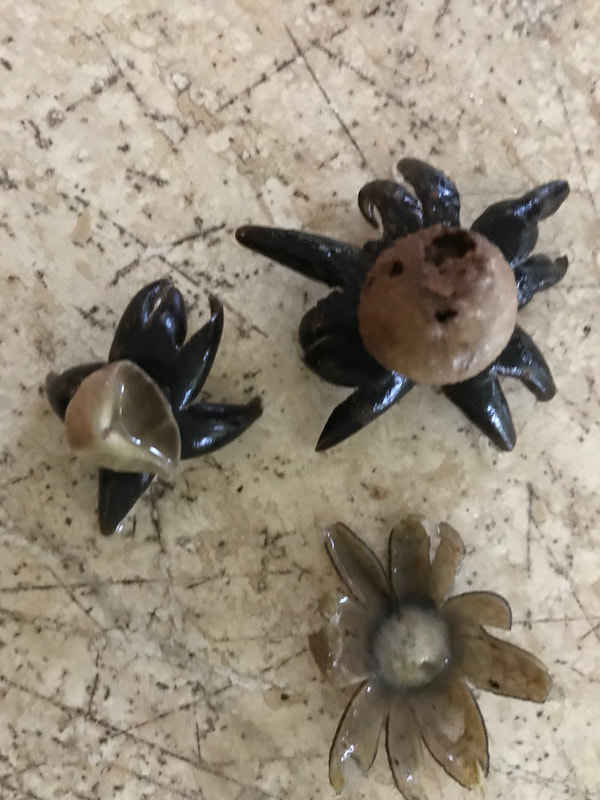
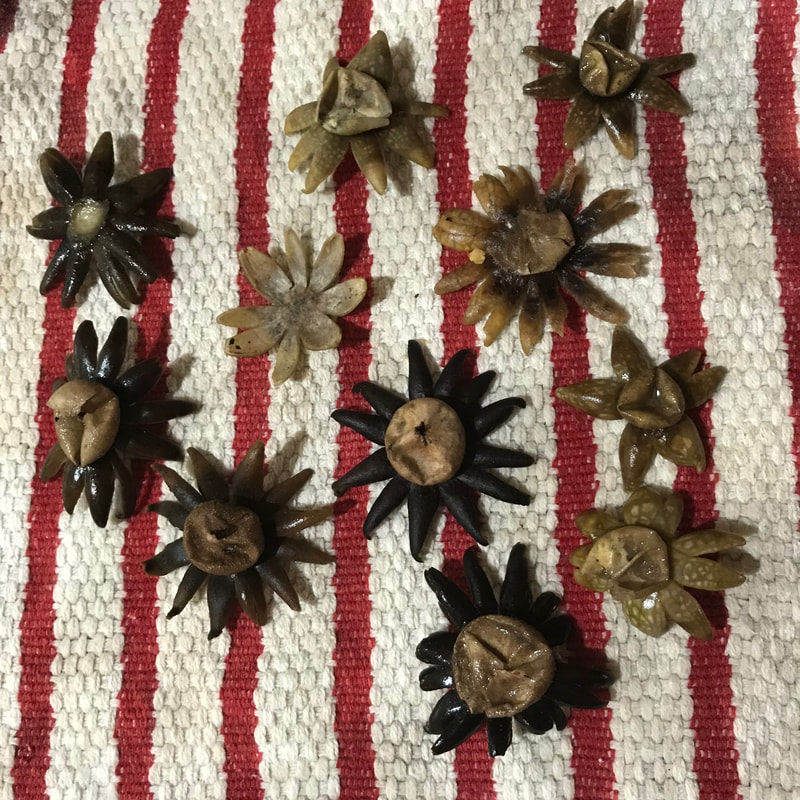
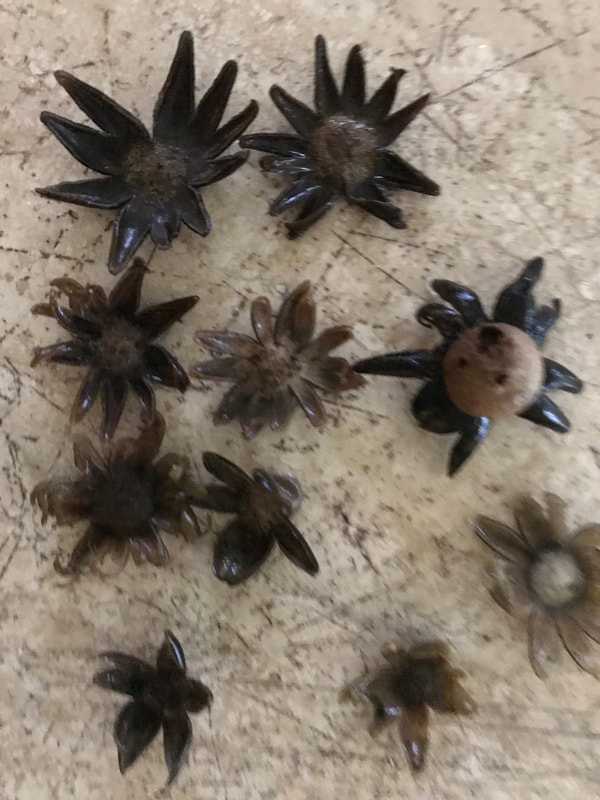
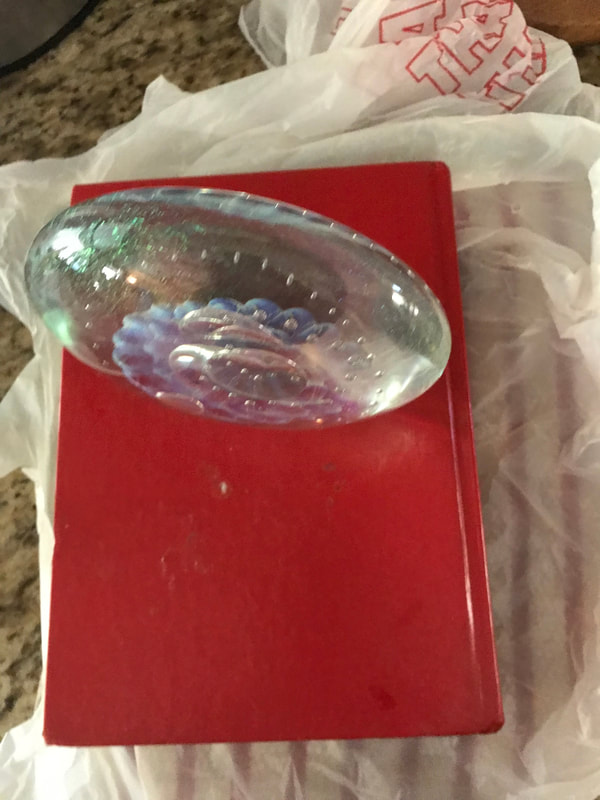
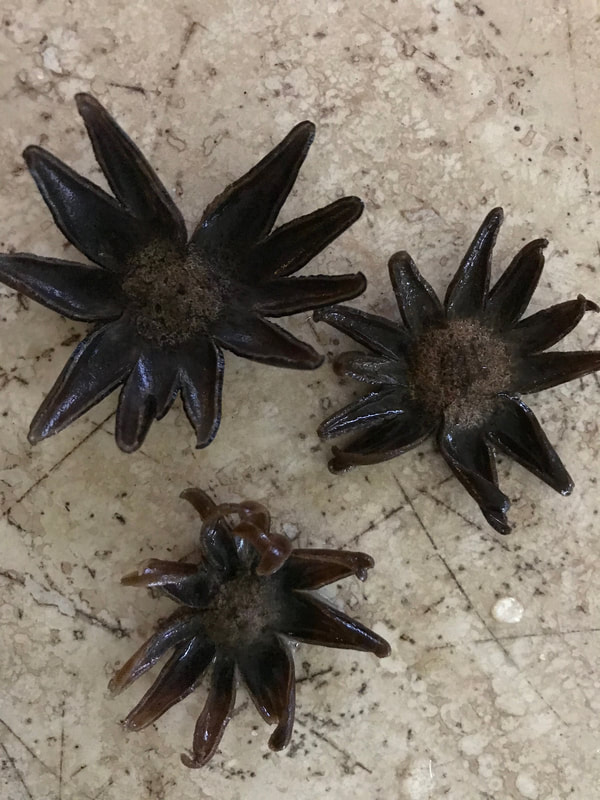
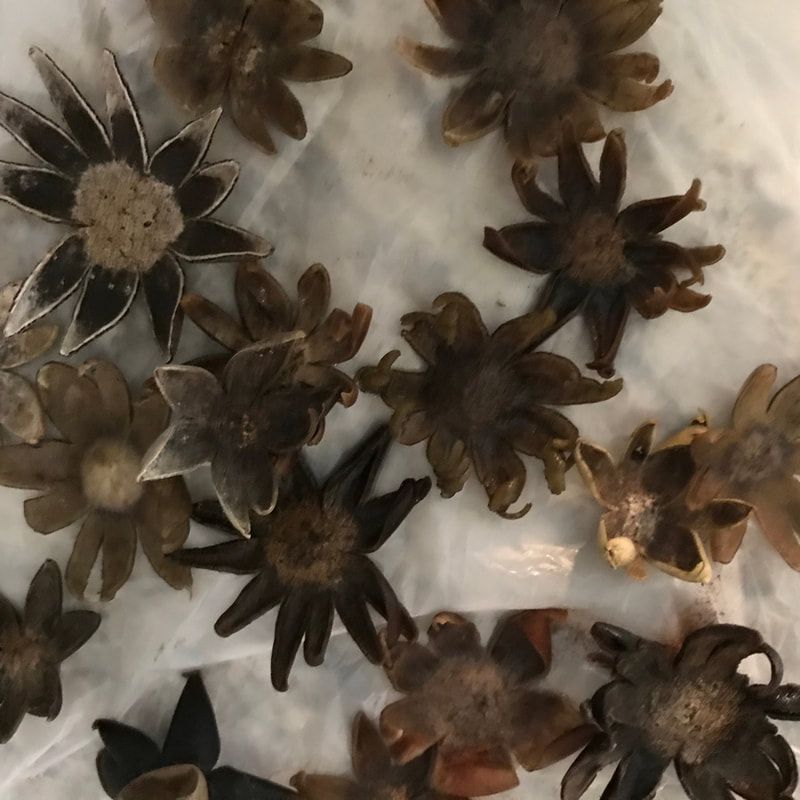

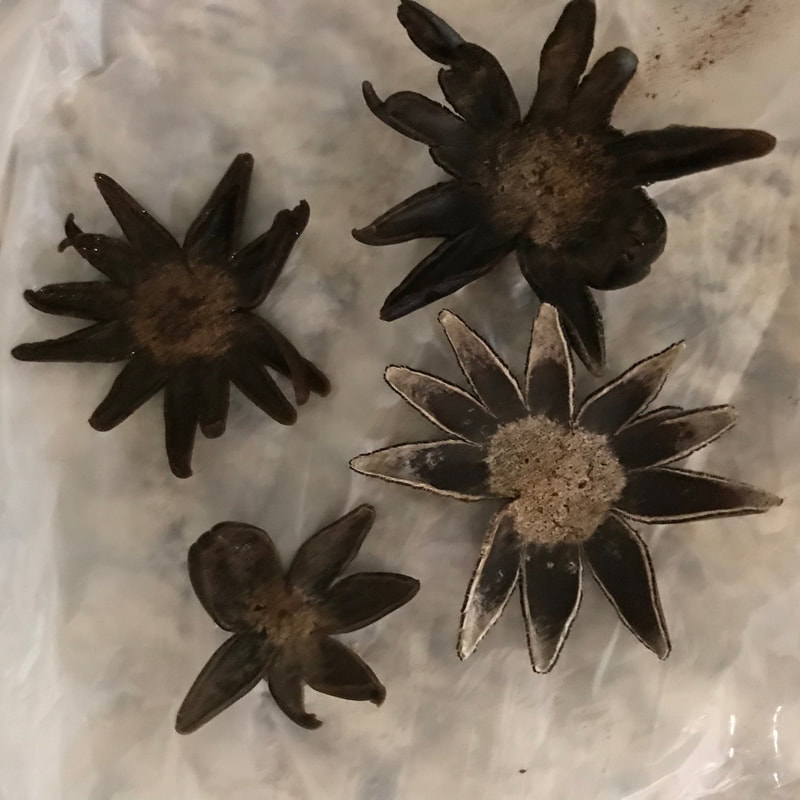
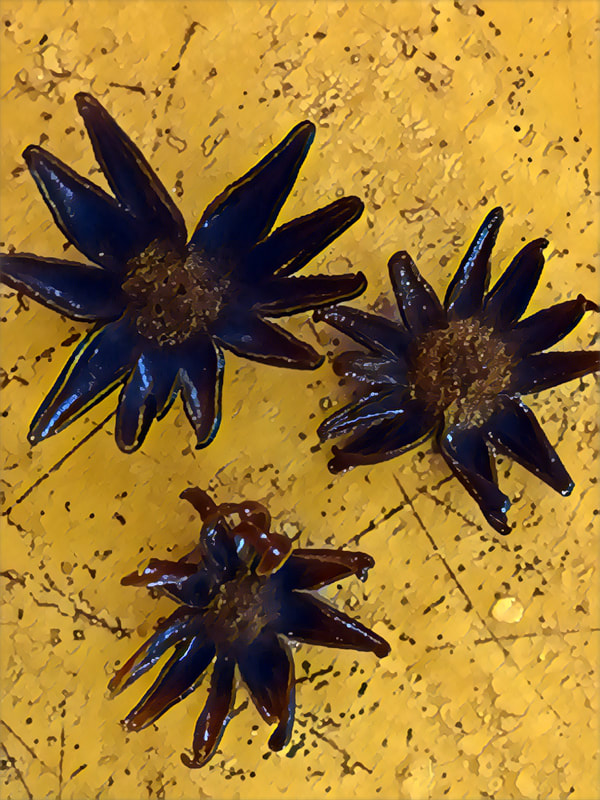
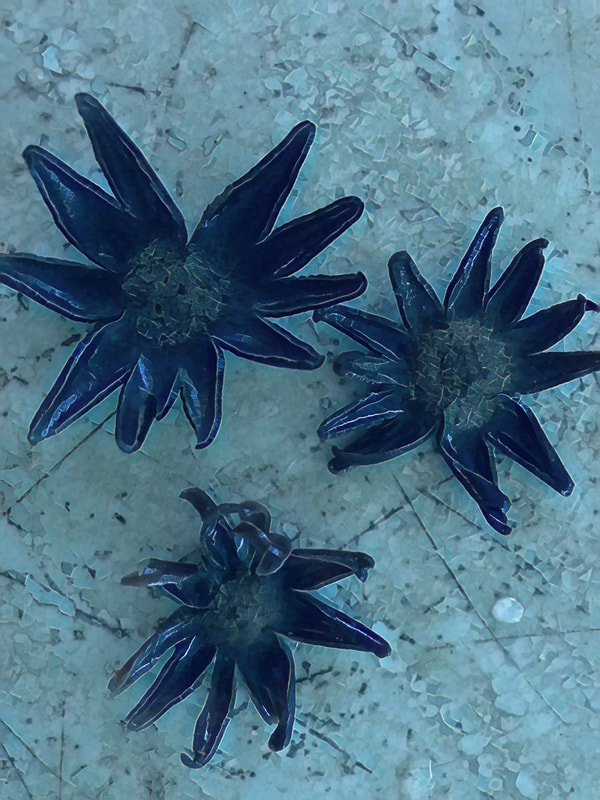
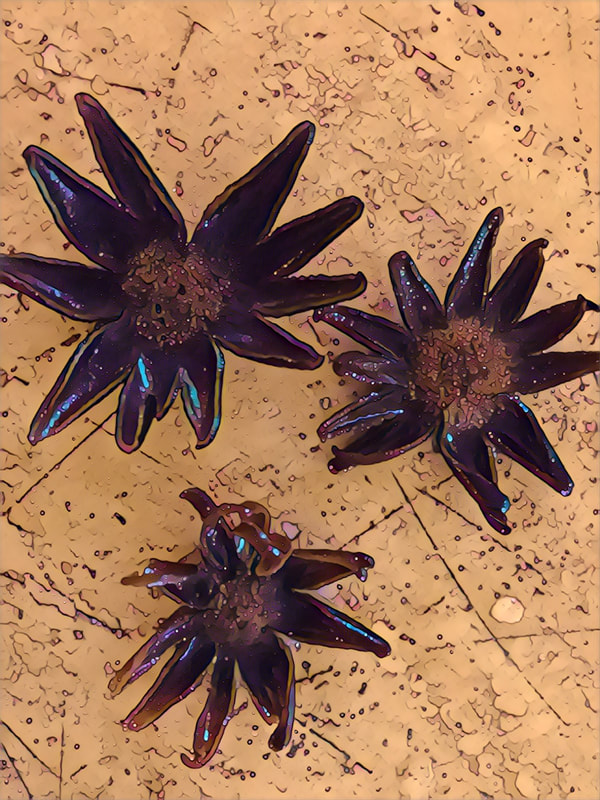
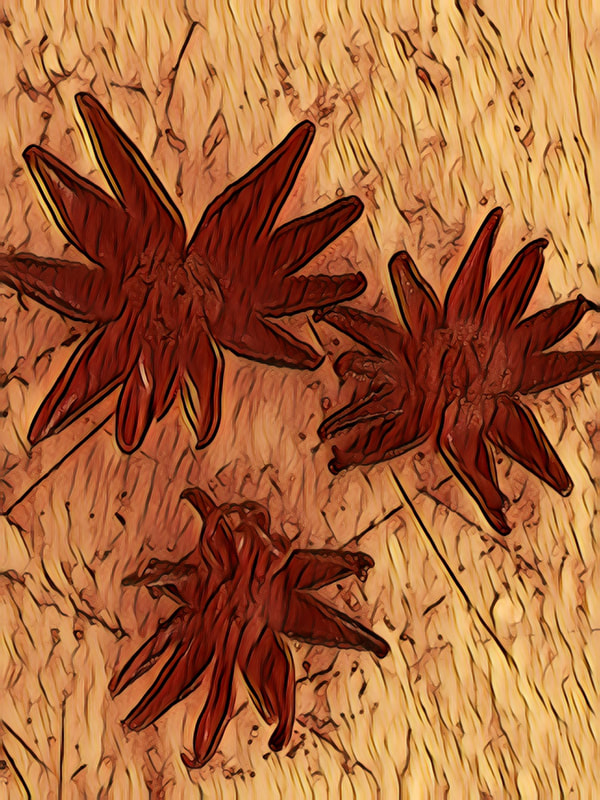
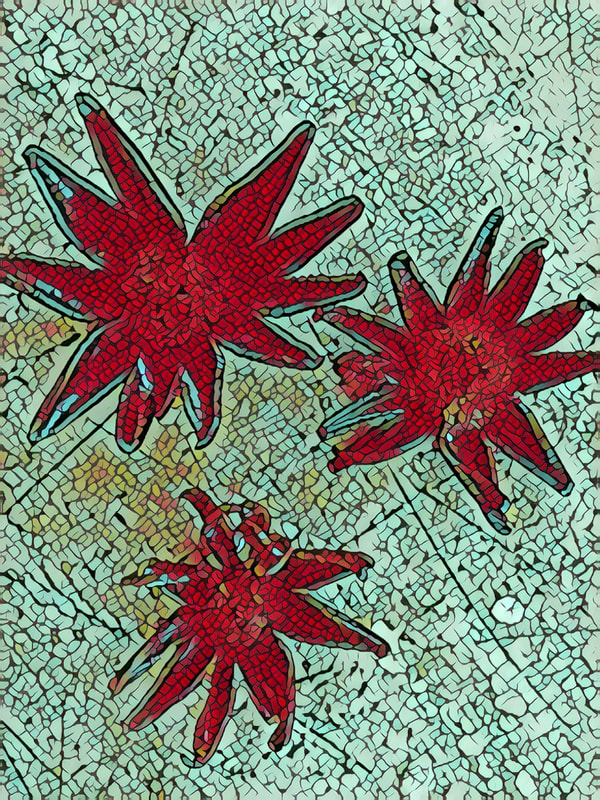
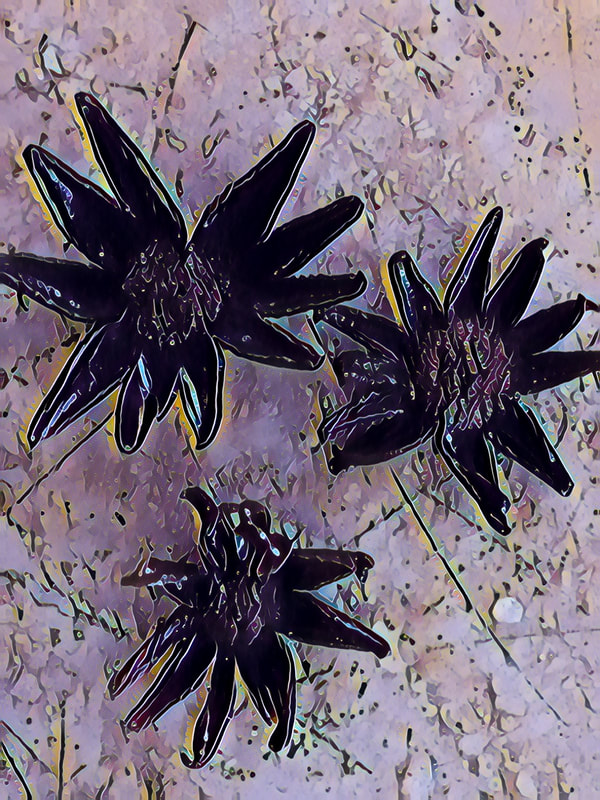
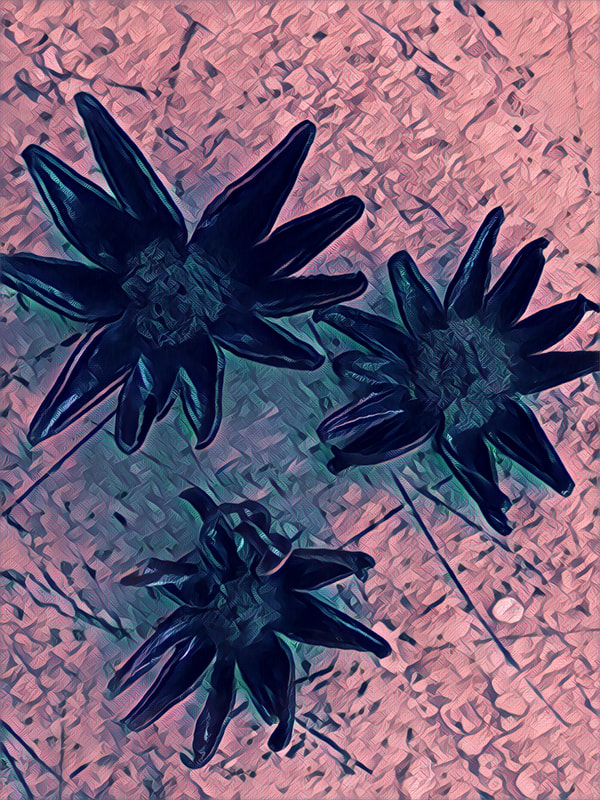
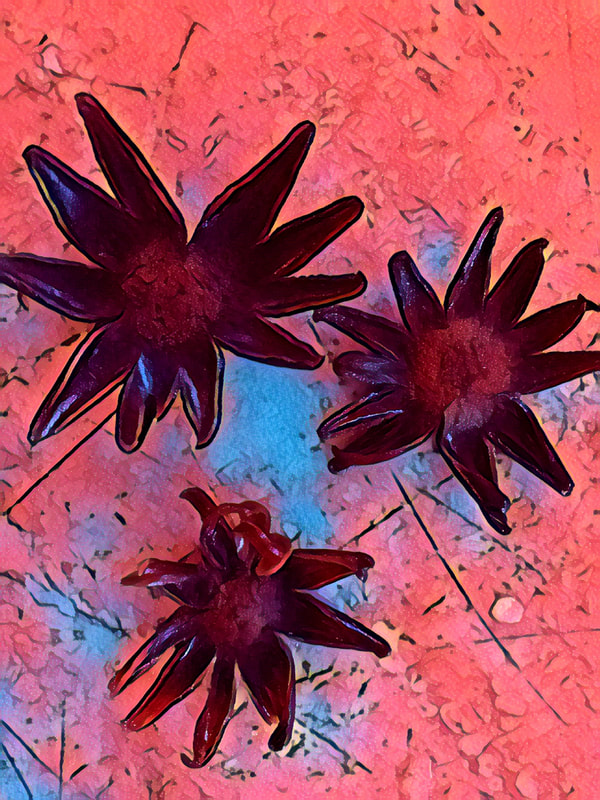
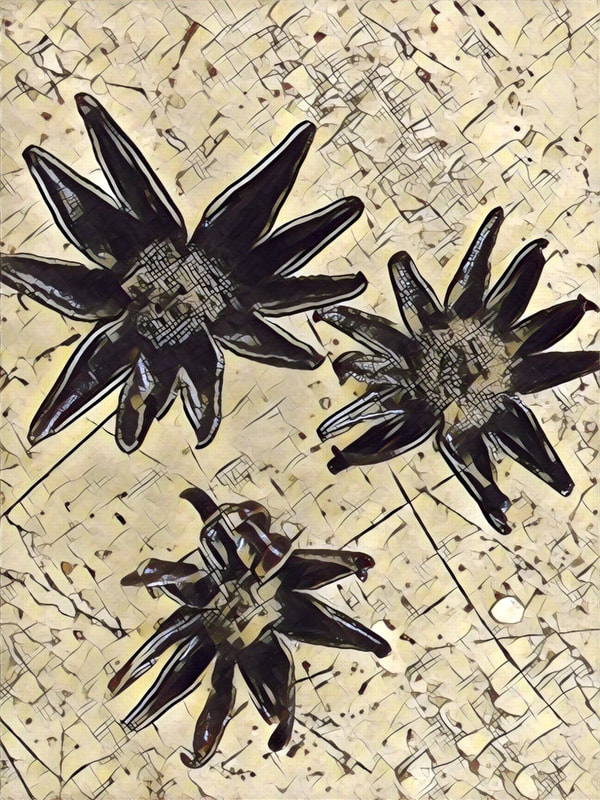
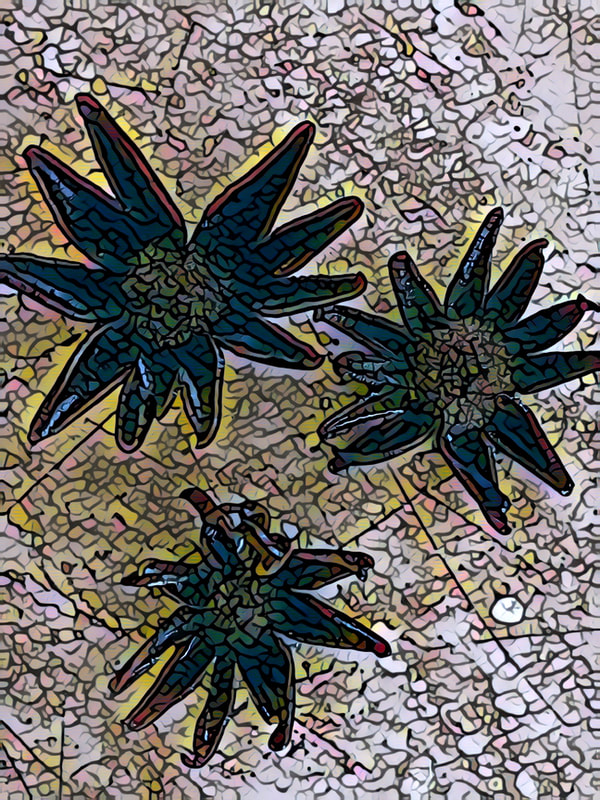
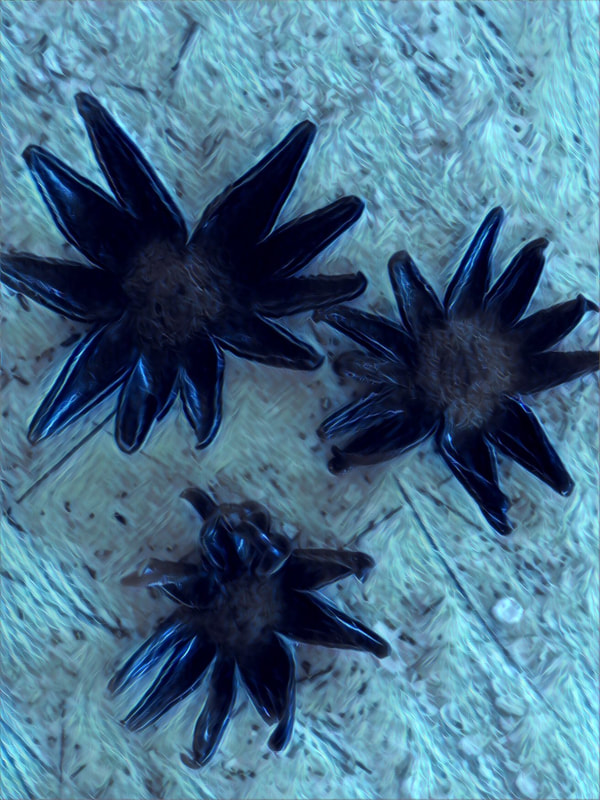
 RSS Feed
RSS Feed